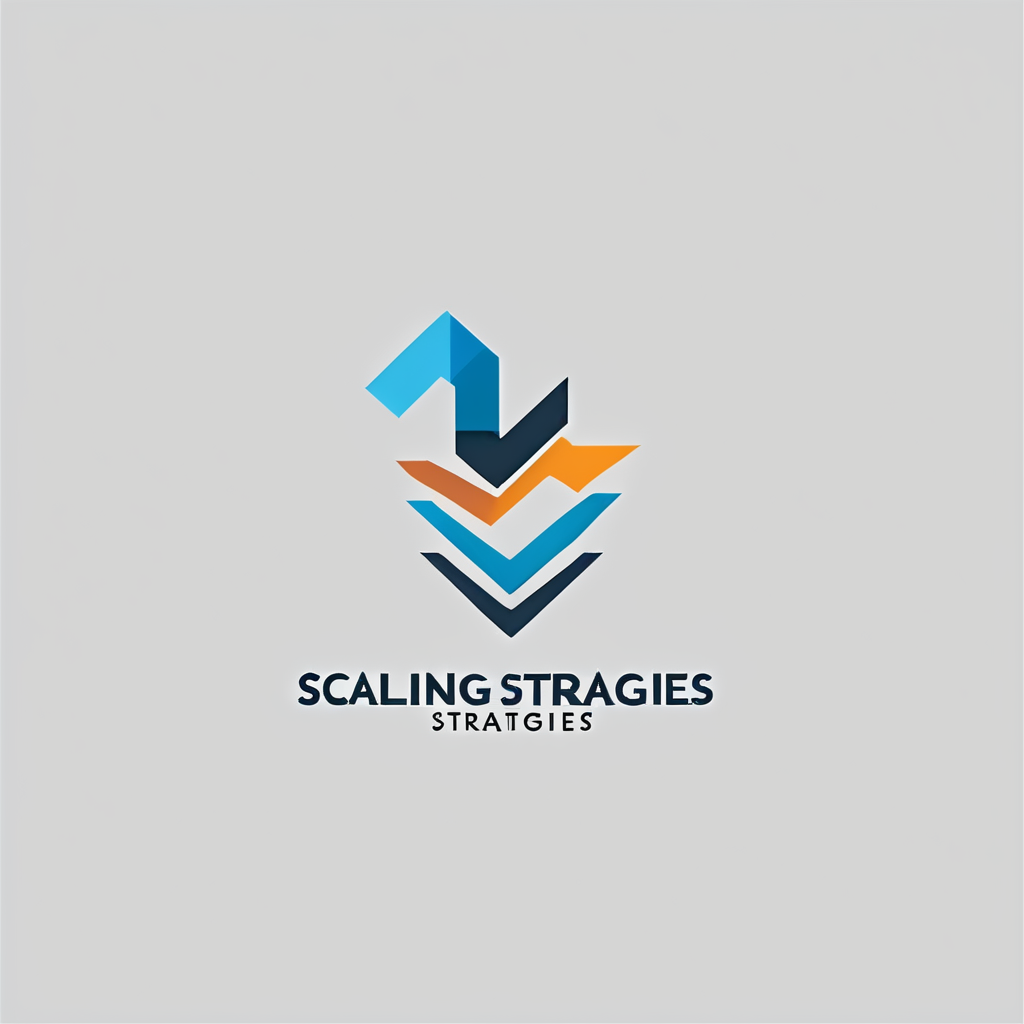In the digital age, the domain name of your business is more than just an internet address; it is a crucial part of your brand identity and intellectual property. As businesses continue to migrate online, conflicts over domain names, often called domain disputes, have become increasingly common. Whether it’s a case of cybersquatting, bad faith registration, or a simple misunderstanding, addressing these disputes legally is critical to preserving your business’s reputation and rights. This article will guide you through the various methods and procedures available for resolving domain disputes in the UK, ensuring your business is well-equipped to handle such challenges.
Understanding Domain Disputes and Legal Recourse
Domain disputes occur when two parties lay claim to the same domain name or when one party believes that another’s registration of a domain name infringes on their rights. These disputes can arise from several issues, including trademark infringement, bad faith registration, and cybersquatting. For UK businesses, understanding the legal frameworks and resolution processes available is essential for protecting your domain-related interests.
Have you seen this : What are the legal considerations for UK businesses when offering telehealth services?
The Uniform Domain-Name Dispute-Resolution Policy (UDRP) is a primary mechanism for resolving such disputes. The UDRP was established by ICANN (Internet Corporation for Assigned Names and Numbers) to provide a streamlined, cost-effective process that avoids the need for lengthy and expensive litigation. In the UK, Nominet, the registry for .uk domain names, also offers a Dispute Resolution Service (DRS) tailored to local needs.
Typically, to succeed in a domain dispute, the complainant must prove three elements: the domain name is identical or confusingly similar to a trademark or service mark in which the complainant has rights, the registrant has no rights or legitimate interests in the domain name, and the domain name has been registered and is being used in bad faith.
Also read : What are the legal requirements for UK businesses to ensure compliance with the EU ePrivacy Directive?
The UDRP Process for Domain Disputes
The Uniform Domain-Name Dispute-Resolution Policy (UDRP) was designed to handle domain name disputes quickly and efficiently. If your business faces a domain dispute, understanding the UDRP process is crucial. The UDRP applies to generic top-level domains (gTLDs) such as .com, .net, and .org, and is a useful tool for resolving conflicts internationally.
To initiate a UDRP complaint, you must submit a formal complaint to an accredited dispute resolution service provider. The complaint should outline the basis of your claim, including evidence that the domain name is identical or confusingly similar to your trademark, the registrant’s lack of legitimate interest in the domain, and proof of bad faith registration and use. Typical indicators of bad faith include the registrant offering to sell the domain for profit, registering the domain to prevent the trademark owner from using it, or using the domain to disrupt the business of a competitor.
Once the complaint is lodged, the respondent (the domain name holder) is given the opportunity to submit a response. A panel of experts appointed by the dispute resolution service provider will review the submissions from both parties. The panel will then issue a decision, typically within 60 days from the filing of the complaint. If the panel rules in your favor, the domain name will be transferred to you or cancelled.
The UDRP process is favored for its speed and cost-effectiveness. However, it is not without limitations. It is an administrative procedure, meaning that while it can result in the transfer or cancellation of a domain, it does not award monetary damages or address broader legal issues.
Nominet’s Dispute Resolution Service (DRS)
In the UK, Nominet’s Dispute Resolution Service (DRS) provides a tailored solution for resolving disputes over .uk domain names. Nominet’s DRS is designed to be accessible and straightforward, offering a clear path for businesses to protect their domain interests.
The DRS process begins with the filing of a complaint to Nominet, similar to the UDRP process. The complaint must demonstrate that the domain name in question is identical or similar to a name or mark in which the complainant has rights, and that the registration or use of the domain name is abusive. Abusive registration can include motives such as misleading the public, disrupting a competitor’s business, or unfairly profiting from a trademark.
Once the complaint is filed, Nominet will notify the domain name holder, who then has the opportunity to respond. Nominet encourages mediation as a first step, providing a neutral mediator to help both parties reach a voluntary agreement. If mediation is unsuccessful, the case proceeds to a formal decision process, where an impartial expert reviews the evidence and makes a ruling.
Nominet’s DRS is praised for its user-friendly approach and emphasis on mediation. Mediation can often resolve disputes more amicably and quickly than formal proceedings, preserving business relationships and avoiding the costs and complexities of litigation. However, if expert determination is required, the decision is binding and can result in the transfer, suspension, or cancellation of the domain name.
Alternative Legal Remedies and Considerations
While the UDRP and Nominet’s DRS provide effective means for resolving many domain disputes, there are situations where additional legal remedies might be necessary. For instance, if your business is seeking monetary damages or if the domain dispute involves broader issues of trademark infringement or unfair competition, pursuing a legal case in the courts may be required.
Trademark law provides robust protections for businesses. If a domain name is used in a way that infringes on your registered trademark, you can file a lawsuit alleging trademark infringement under the Trade Marks Act 1994 in the UK. This legal action can lead to injunctions preventing the use of the domain name, as well as potential monetary compensation for damages suffered.
Another consideration is the prevention of domain disputes through proactive measures. Registering domain names that are variations of your business name or trademarks can prevent cybersquatters from exploiting your brand. Additionally, monitoring domain registrations and seeking legal advice when suspicious activity is detected can help mitigate risks before they escalate into formal disputes.
It’s also worth considering trademark registration at an international level if your business operates globally. This can strengthen your case in domain disputes by providing clear evidence of your rights to the name or mark.
Key Strategies for Preventing and Managing Domain Disputes
Preventing domain disputes is often more effective and less costly than addressing them once they arise. By implementing proactive strategies, businesses can safeguard their domain names and minimize the risk of disputes.
First and foremost, ensure that your business registers all relevant domain names, including common misspellings and variations of your brand name. By securing these domains early, you reduce the chances of bad faith registrations by third parties. Utilizing domain monitoring services can also alert you to potentially problematic registrations, allowing you to take swift action.
Another critical strategy is to invest in trademark registration for your business names and key brands. A registered trademark not only strengthens your position in domain disputes but also provides broader legal protections. In the event of a dispute, the existence of a registered trademark can make it easier to demonstrate your rights and the bad faith of the registrant.
Establishing clear policies and procedures for domain management within your business can also help. This includes keeping accurate records of domain registrations, renewal dates, and contact information. By maintaining control over your domain portfolio, you can avoid lapses that could lead to disputes.
Finally, seek legal advice early if you suspect a potential domain dispute. An experienced intellectual property lawyer can provide guidance on the best course of action, whether it’s through UDRP, Nominet’s DRS, or other legal avenues. Having professional support can make a significant difference in the outcome of the dispute resolution process.
Addressing disputes over domain names legally is a critical aspect of protecting your business’s online presence and intellectual property. Understanding the available mechanisms, such as the UDRP and Nominet’s DRS, and leveraging proactive strategies can help you navigate these challenges effectively. By registering relevant domain names, securing trademarks, and seeking professional legal assistance when needed, you can safeguard your business’s domain interests and maintain a strong, reputable online identity.
Remember that domain disputes are an unfortunate reality of the digital era, but with the right knowledge and tools, your UK business can handle them efficiently and legally. Stay vigilant, proactive, and informed, and you’ll be well-equipped to face any domain-related challenges that come your way.












